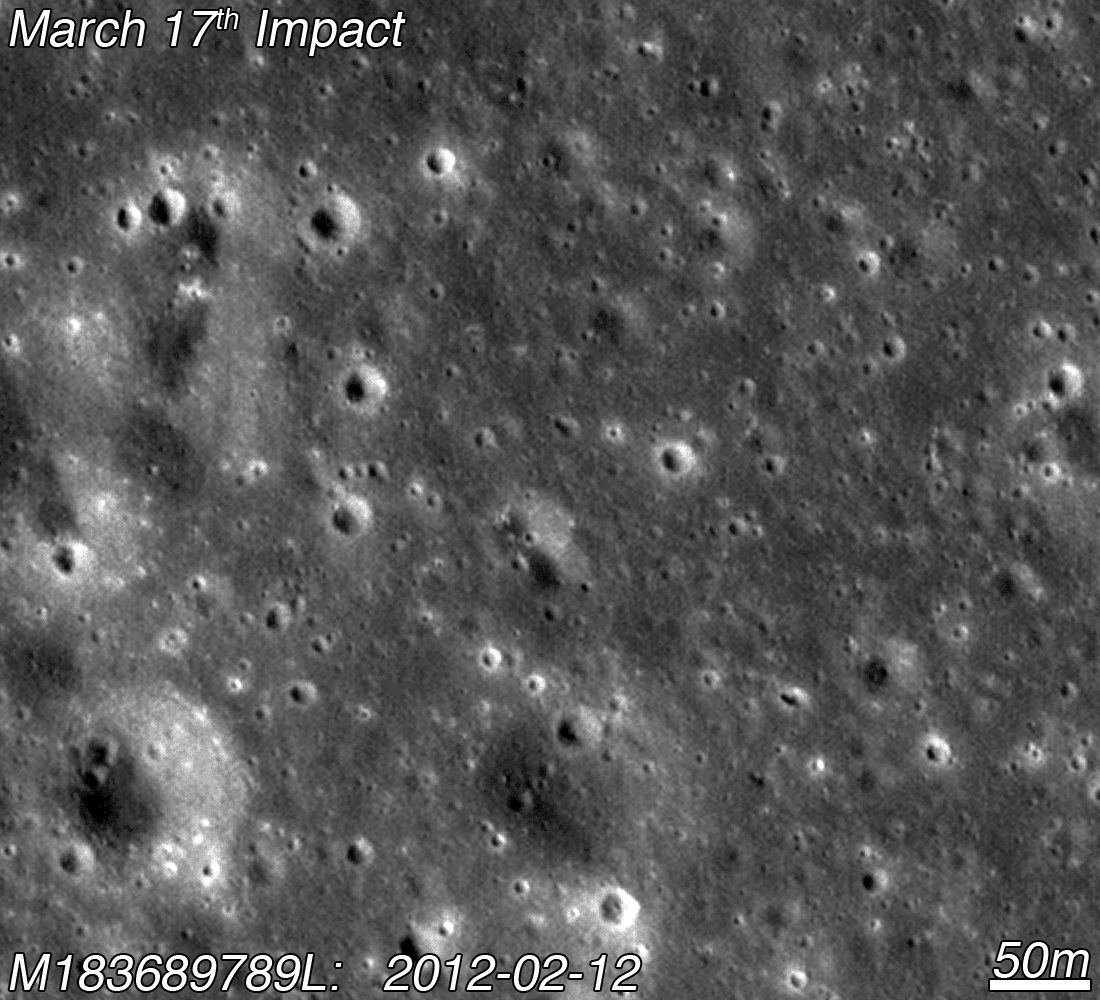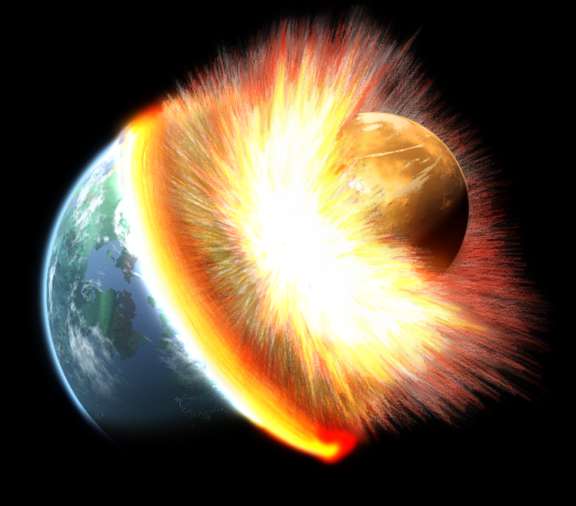Steven Hauck • Dec 20, 2016
Planetary discovery over the past quarter century
The past quarter century has witnessed the opening of a veritable golden age in planetary science. The 1990s saw major growth in exploration of the solar system. As the Voyager program’s series of planetary flybys was coming to an end an era of expanded, and more detailed, exploration of the solar system was ramping up. The Magellan mission to Venus and Galileo’s exploration of the Jovian system, along with the advent of NASA’s Discovery line of lower cost missions and a dedicated Mars exploration program, led to a vast increase in data about planetary objects. Of course, the previous twenty five years have also seen rapid and far-reaching improvements in computers, laboratory instrumentation, and Earth-based telescopes that have both quickened the pace and sharpened the detail of discovery.
The year 2016 also marks the 25th anniversary of the creation of what has become one of the primary venues for the publication of research in planetary science: the Journal of Geophysical Research: Planets (known better as JGR-Planets). This occasion is a good opportunity to look back at what we have learned in this era of expanded exploration and to try to take a peek at the future. To do this, we at JGR-Planets have spent over a year organizing a special collection of articles that highlight some of the most fundamental issues, the biggest discoveries, and critical open questions in planetary science. We also want to share this knowledge widely. Thus, each of the articles has been freely available since they were accepted for publication and will remain so until January 31, 2016. Then, like all articles in JGR-Planets, they will be freely available again two years after they first published.
Planetary science is a broad field that covers every object in the solar system, except the Sun itself, and all of the processes that have shaped and reshaped these bodies for billions of years. So, as an editorial board we had to ask ourselves: as a scientific journal what would be useful to the planetary science community if we want to focus some attention on fundamental questions and discoveries in the field? Ultimately, our decision was to solicit a number of “review” papers that capture some of the most notable topics and discoveries of the past 25 years.
A review paper differs from a typical scientific article in that it focuses on collecting knowledge from many more typical papers and describing and assessing what that collective wisdom tells us about some “big picture” issue. Review papers are valuable because they condense or distill understanding of a scientific problem to its essential parts yet also direct readers to the relevant regular papers for more details. Review papers are a great way to catch up on, or start learning about, a particular scientific problem.
Planetary science has been on a steady diet of exploration and study the last 25 years and covering all of that in a single journal issue just isn’t practical. We made conscious choices to select topics from a range of bodies (from tiny chondrules to giant planets like Jupiter), and parts of planetary bodies (deep interiors to atmospheres), and the disciplines and techniques used to study the solar system. In the end, sixteen different topics were selected and authors were invited to write on these topics.
Identifying potential lead authors for the articles followed a similar pattern as for the topics themselves. Our goals were to identify knowledgeable scientists with appropriate expertise who were clear writers. We also aimed to include a variety of voices and approaches to the questions we posed. Review papers are often written by scientists with many years of experience. Yet in a period of expanding exploration of the solar system, the voices of scientists early in their careers provide a potentially different glimpse of what questions and approaches will also be important in the future. We also made sure to develop a list of potential authors that had a significant representation of women with the final list of authors influenced by who accepted our invitation to add writing a review paper to their workload this year. Ultimately, we have a list of authors spanning from early career scientists to some of the most experienced researchers in the field, from several countries, and six of the sixteen papers have women as first authors.
Among the enduring topics in planetary science are questions about the origin of the planets. We have three reviews on origins. The first is a discussion of competing ideas for the origin of chondrules (Connolly and Jones, 2016). Chondrules are small, spherical rocks that in the most common meteorite class: chondrites. They may have been one of the most abundant components of the early solar system that wasn’t gas – but we still don’t completely understand how or why they formed. Understanding how planets are assembled continues to be fundamentally challenging (Morbidelli and Raymond, 2016).
Figuring out how objects the size of chondrules eventually get put together into planets is an intense area of study and a lot of progress has been made in the past 25 years. While recent reviews of that work already exist, this paper takes a look forward and what questions remain. There are several, from understanding how the first large bodies are built to how our solar system ended up with its particular arrangement of planets. Then there is the origin of the Moon (Barr, 2016), which continues to fascinate us. While the idea of a giant impact between an approximately Mars-sized object with the Earth is the leading idea, the details necessary to explain the properties of the Moon have been the focus of study for decades.
Since the 1990s, the search for water in the solar system has taken on new strength as part of the search for life beyond Earth. Channels and networks of mountain valleys on the surface of Mars, likely carved by water, have been known since the 1970s. However, detailing the history of water on the surface has been the focus of lander and rovers on Mars since the mid-1990s (Arvidson, 2016) and this work will continue with future missions such as Mars 2020. For present day bodies of water not of this Earth, it is the icy bodies of the outer solar system where we need to look. This review looks at how subsurface oceans are detected and maintained through time and prospects for finding new ocean worlds (Nimmo and Pappalardo, 2016).
Another big theme in planetary research is understanding the life cycle of planets and the processes that control their histories. The past twenty five years have seen a shift toward greater investigation of how potentially disparate processes are interconnected. The first review in this genre looks at how climate, tectonics, and convection in the interior of the planet are connected (Lenardic et al., 2016). Research in this area is important for answering questions like how plate tectonics, or the lack thereof, controls the length of time that liquid water may be present on the surface of a planet. With water seen as a central ingredient to conditions favorable for the existence of life, Mars represents an important testbed for understanding how interconnected systems control the longevity of habitability on planets (Ehlmann et al., 2016).
Planets, and their course of history, are shaped by events that come from space. At the smallest scales, effects are cumulative over considerable time. For example, bodies without magnetic fields are more susceptible to losing their atmospheres via various erosional processes (Brain et al., 2016). Neither Venus nor Mars have magnetic fields and their atmospheres have had significantly different histories than that of Earth. Airless bodies experience space weathering, where radiation and tiny collisions lead to an alteration in the surfaces of materials on planets (Pieters and Noble, 2016), which influences how these planets look and we interpret their history. A great example of space weathering is how the rays of impact craters on the Moon disappear with time. Indeed, impact cratering, the result of collisions with asteroidal and cometary material, is perhaps the most pervasive geological process on planetary bodies in the solar system. The process reshapes planets over time due to either the cumulative effects or to the consequences of large impacts such as created the Moon. Remarkably, the accumulation of impact craters is also the fundamental chronometer for determining how old a planetary surface is. As such a critical tool to understanding the history of planets it is important to review the state of the art in the field and the challenges in determining surface ages (Fassett, 2016).

Of course, the most consistent theme of planetary science for both the past twenty five years and the next is discovery through exploration. In that time, spacecraft have explored from Mercury to Pluto and beyond. The MESSENGER spacecraft was the first to orbit Mercury and revealed the planet to be much less like the Moon than once thought. Indeed, Mercury has turned out to be, and have been, a much more geologically active planet from the depths of its metallic core to limits of its tenuous atmosphere (Johnson and Hauck, 2016). Increasingly closer and detailed study of comets from Deep Space 1 to Rosetta have shown that comet surfaces are complex and experience flows, fracturing, and changes we associate with geological activity (Sunshine et al., 2016). With new work being published resulting from Rosetta all the time now, exploring the causes of the differences in geology among different comets will be an exciting area in the future. The behavior of materials deep inside giant planets and even the structure, or organization, of their interiors is one of the most basic questions in planetary science (Militzer et al., 2016). Because of their massive scale, the conditions within these planets extend to extreme temperatures and pressure and therefore studying the materials there relies on novel experiments. Together with new observations from Juno, which arrived at Jupiter this past June to study the planet’s deep interior, it will be possible to unveil Jupiter’s deepest secrets.


 Explore Worlds
Explore Worlds Find Life
Find Life Defend Earth
Defend Earth



